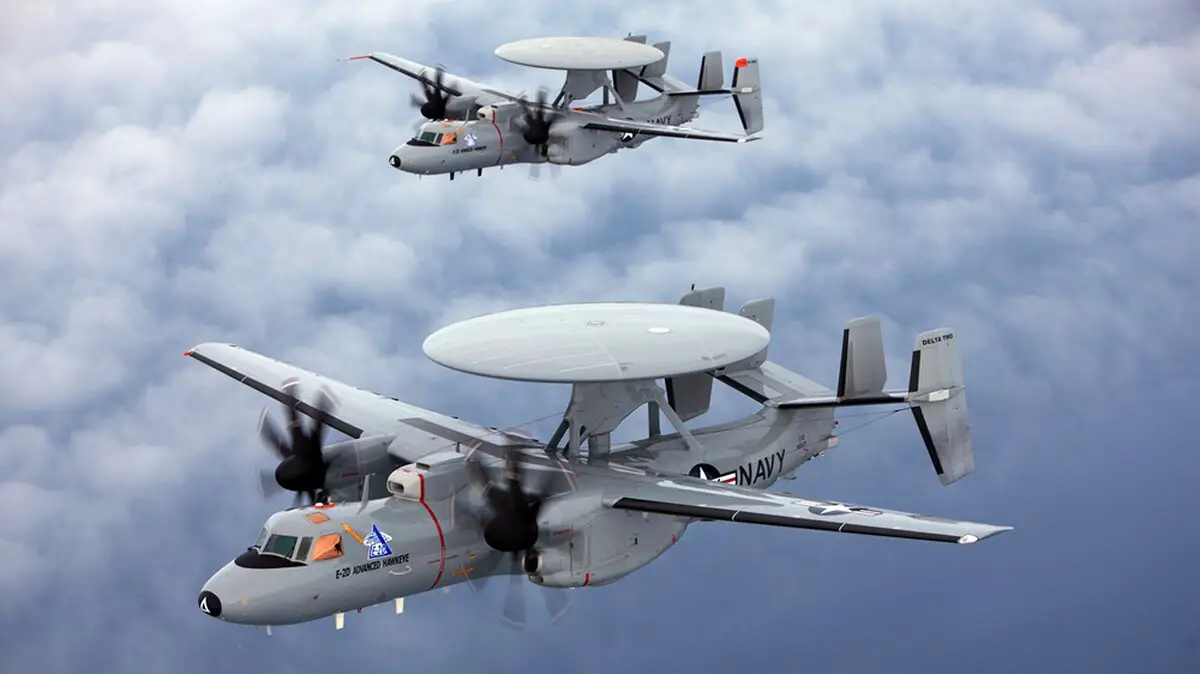The U.S. Air Force and Navy are teaming up to rapidly develop a battle network that can link together Air Force and Navy assets during battle, an effort the Navy’s top officer compared to the 1940s program to develop an atomic bomb.. Chief of Naval Operations Adm. Michael Gilday said the U.S. Navy intends to deploy a distributed network of sensors and weapons in an effort to fortify defences against Chinese threats.
According to the Chief of Naval Operations Adm. Michael Gilday, U.S. Navy needs to work with the U.S. Air Force to ensure that the former’s assets collaborate effectively with the latter’s aircraft. To get the maximum benefit in terms of time saved and effectiveness once implemented, the Navy has to be on the same page as the Air Force, Gilday said.
“That led to a handshake agreement with the Chief of Staff of the Air Force that we would team our forces and, perhaps, our budget lines together and start working toward a joint solution set fast, in a ‘Manhattan Project’ kind of way. Because we need it, it’s a serious gap that we need closed. I think the biggest challenge for us is to join all the main command and control,” said Gilday. According to the CNO, the Navy is working to establish an adequate network of weapons, platforms and C2 nodes.
The Navy has been working towards a concept of operations that connects its ships, aircraft and unmanned platforms together by way of communications relay nodes, such as small drones, or whole ships such as the future frigate or high-tech aircraft. Indeed, the US Navy recently announced the acquisition of aircraft such as the E-2D Hawkeye in the proposed intra-service network. The latest E-2 version is the E-2D Advanced Hawkeye, which features an entirely new avionics suite including the new AN/APY-9 radar, radio suite, mission computer, integrated satellite communications, flight management system, improved T56-A-427A engines, a glass cockpit and later changes should enable aerial refuelling by 2020.
The idea is to spread the force out over a wide area, as opposed to clustered around a carrier, to put a maximum burden on Chinese intelligence and reconnaissance assets. This spread-out, networked force would connect the various shooters so that if any individual node in the network sees something to kill, any Navy or Air Force asset with weapons within range can kill it. This has led to a push for ever-longer-range missiles. But to make it work, all the pieces must be linked on a reliable communications network. The current architecture, according to the Navy, is insufficient for the job, given Chinese and Russian investments in electronic warfare that can interfere with communications.













